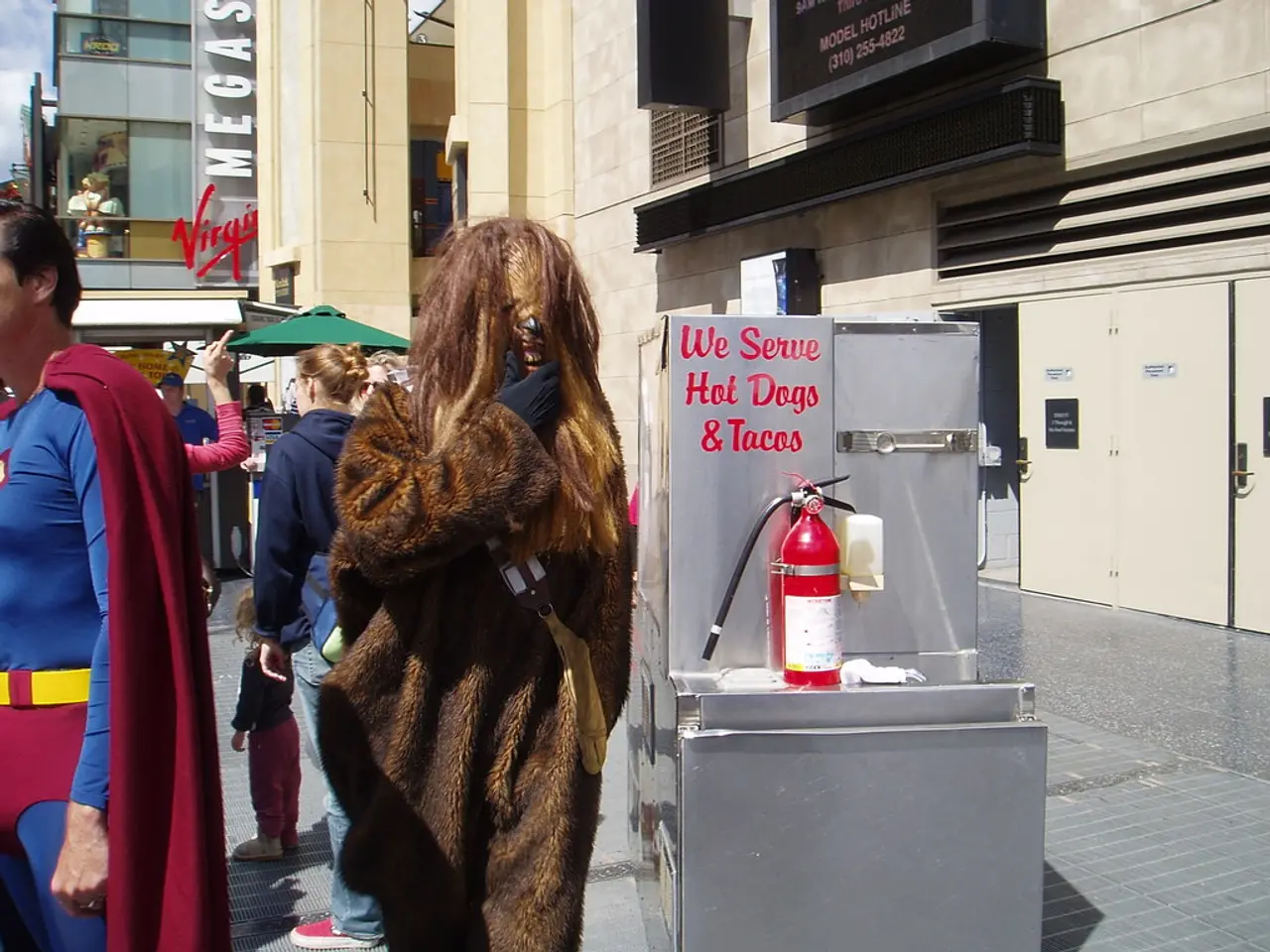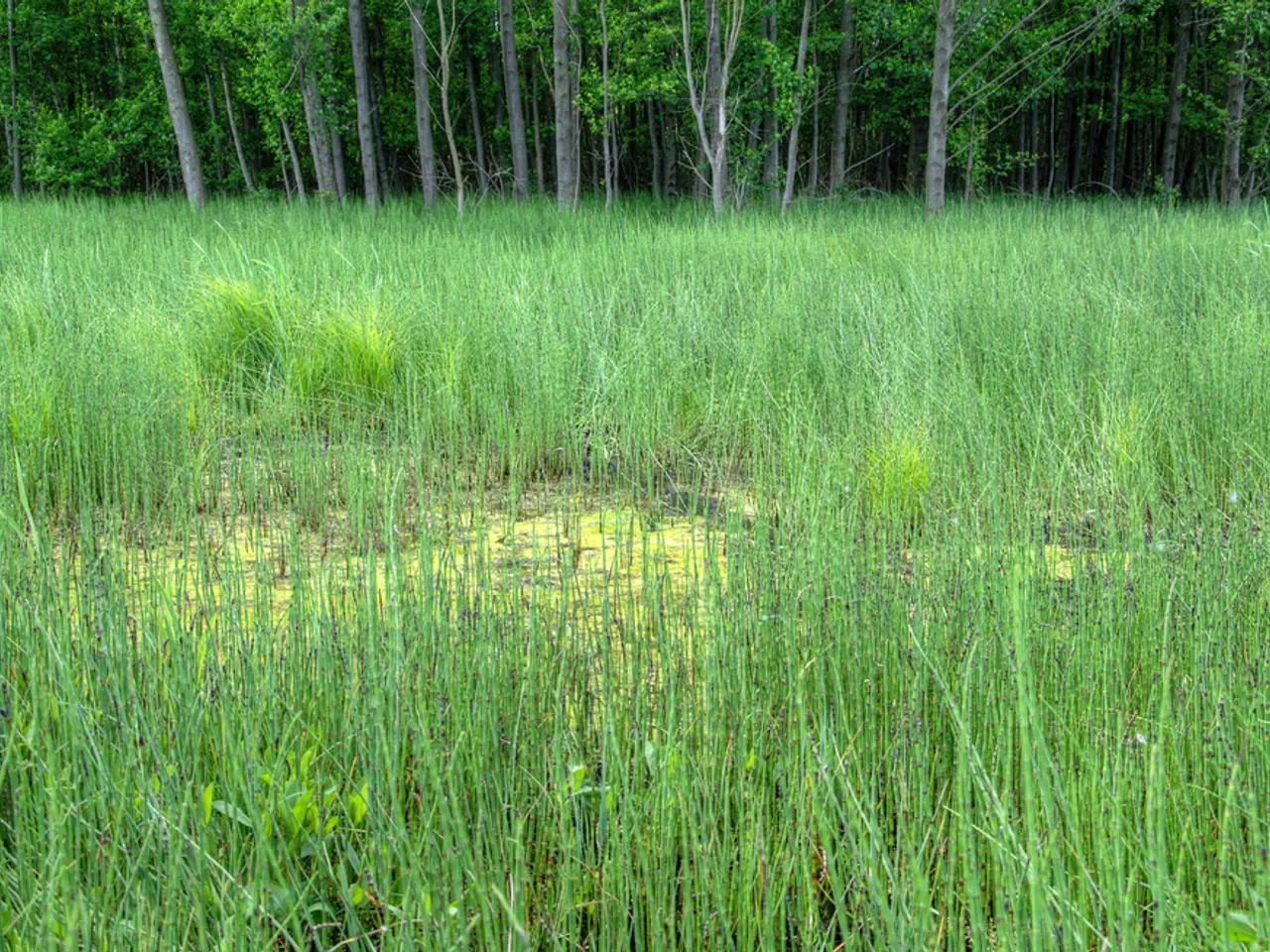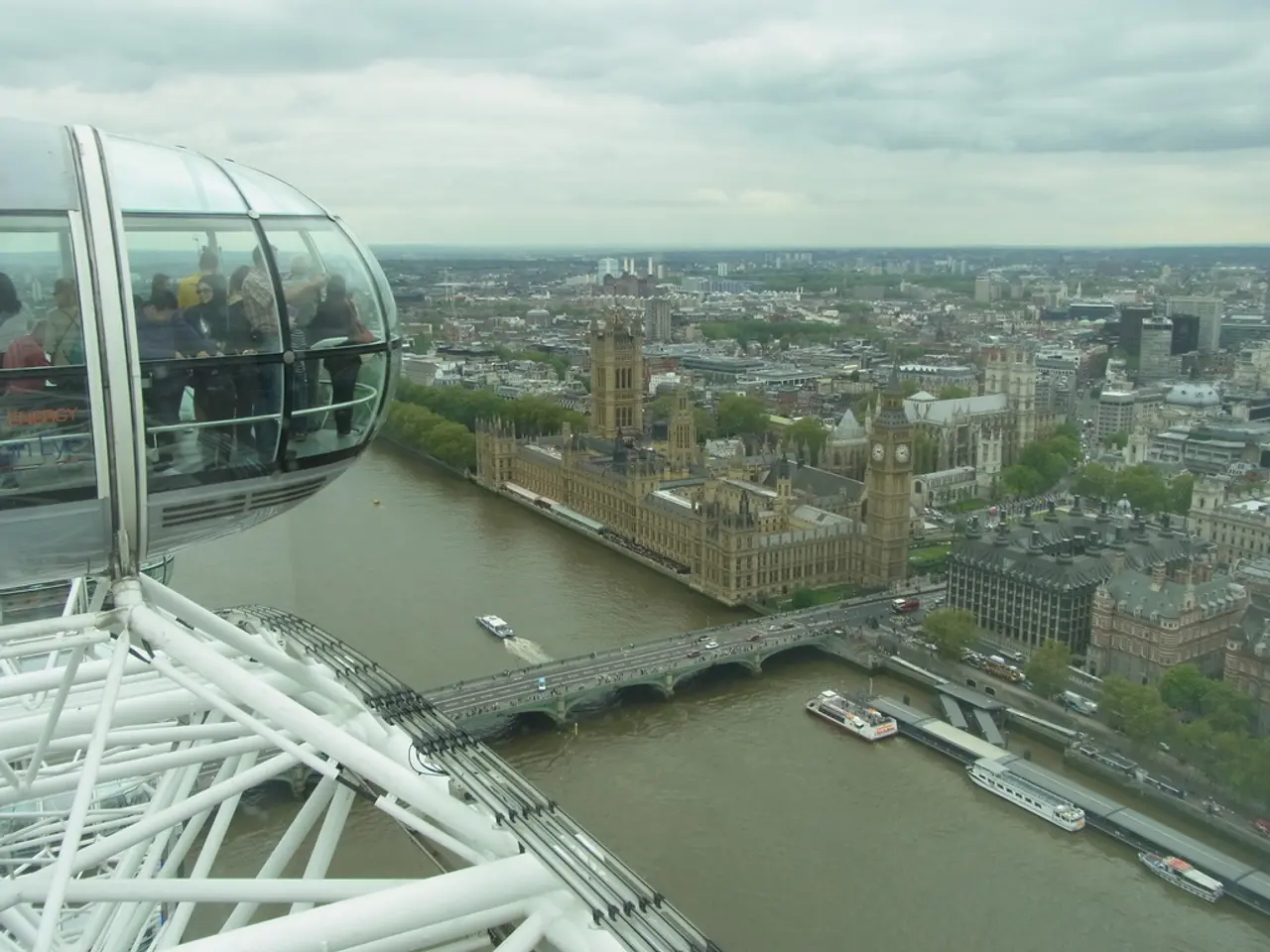Peak travel season finds National Park Service understaffed
The National Park Service (NPS), responsible for managing 433 sites and 85 million acres across the United States, is facing significant challenges due to staffing reductions and a hiring freeze implemented by the Trump administration.
Since President Trump took office in January 2025, the NPS has experienced a loss of approximately 24% of its permanent staff, resulting in a shortage of expertise and experience[1][2][3]. This has been further compounded by a lack of seasonal hiring, with only about 4,500 seasonal employees hired out of a pledged 8,000 positions[1][3][4].
The staffing shortages have led to numerous operational challenges, impacting park operations, visitor safety, and the overall experience for millions of visitors.
Some parks, such as Assateague, Yosemite, Big Bend, and Black Canyon of the Gunnison, have been forced to close visitor centers and campgrounds or cut back on educational and recreational programs[1][3]. Maintenance delays have contributed to environmental degradation and deteriorating visitor infrastructure, with trails and facilities going unmaintained[1][3].
The reduced workforce has also led to slower emergency response times, posing direct risks to visitor safety[1][2][3]. In some parks, employees are stepping outside their individual jobs to ensure essential services are maintained, such as opening public restroom buildings[1].
The remaining employees are under severe strain, trying to keep parks operational under unsustainable conditions, which reduces overall effectiveness and safety oversight[1][3]. This is particularly evident in parks like Big Bend National Park in Texas, which is down half of its full-time employees[1].
Despite these challenges, visitor numbers have surged, hitting record levels in 2024, exacerbating the strain on park resources and personnel[2][3]. The hiring freeze, which has prevented replacement of lost staff and limited the ability to hire needed seasonal workers, has been a significant contributing factor[4].
The National Parks Conservation Association has reported that parks like the National Parks of Boston have lost top leadership and more than 40 full-time staff members[5]. The Assateague Island National Seashore in Maryland and Virginia is short on lifeguards, and the National Park Service's regional office in Alaska has lost about one-third of its staff[1][5].
Rep. Jared Huffman has stated that staff shortages in the National Park Service could potentially put lives in danger[6]. As of Thursday, the government's job website had 54 positions posted for the park service, but none were for a superintendent[7].
Emily Thompson, the executive director of the Coalition to Protect America's National Parks, mentioned that there's no backfilling for deputy positions, causing them to handle two senior-level jobs[1]. In some cases, vacant superintendent positions are being filled with deputies[1].
The National Park Service has asked The New York Times to encourage readers to learn about riptides, a move seen as an attempt to address the staffing shortages and the increased risks they pose to visitors[8].
As the peak season approaches, the NPS is far behind on hiring temporary employees to support the busy summer season[5]. The departure of workers who facilitate hirings has further complicated the process[5]. The situation is critical, with employees at the park service working three jobs, including ones above their service level and pay grade, to cope with the workload[1].
In summary, the Trump administration’s workforce reductions and hiring freeze have substantially undermined the National Park Service’s capacity to maintain park operations, protect natural and cultural resources, and ensure visitor safety. This has led to closures, diminished services, and heightened risks for the millions of visitors relying on parks during peak seasons[1][2][3][4].
[1] https://www.washingtonpost.com/national/health-science/national-parks-are-facing-a-staffing-crisis-and-visitor-safety-is-at-risk/2025/07/15/f233e2a0-d4e1-11eb-8818-89088a6a02a9_story.html [2] https://www.nytimes.com/2025/07/16/us/national-parks-staffing-shortages.html [3] https://www.cnn.com/2025/07/15/us/national-parks-staffing-shortages/index.html [4] https://www.npr.org/2025/07/15/1027586956/national-park-service-faces-staffing-shortages-amid-record-visitor-numbers [5] https://www.bostonherald.com/2025/07/16/national-parks-of-boston-lose-top-leadership-and-more-than-40-full-time-staff-members/ [6] https://www.cnn.com/2025/07/15/us/national-parks-staffing-shortages/index.html [7] https://www.usajobs.gov/Search/Results?keywords=national%20park%20service [8] https://www.nytimes.com/2025/07/16/us/national-parks-staffing-shortages.html
The staffing reductions and hiring freeze imposed by the Trump administration have led to a shortage of expertise and experience within the National Park Service (NPS), affecting policy-and-legislation related to wildlife conservation and park management. Consequently, general news reports highlight critical issues such as extended maintenance delays, reduced educational and recreational programs, and reductions in visitor services, all adversely impacting wildlife habitats and the visitor experience.





